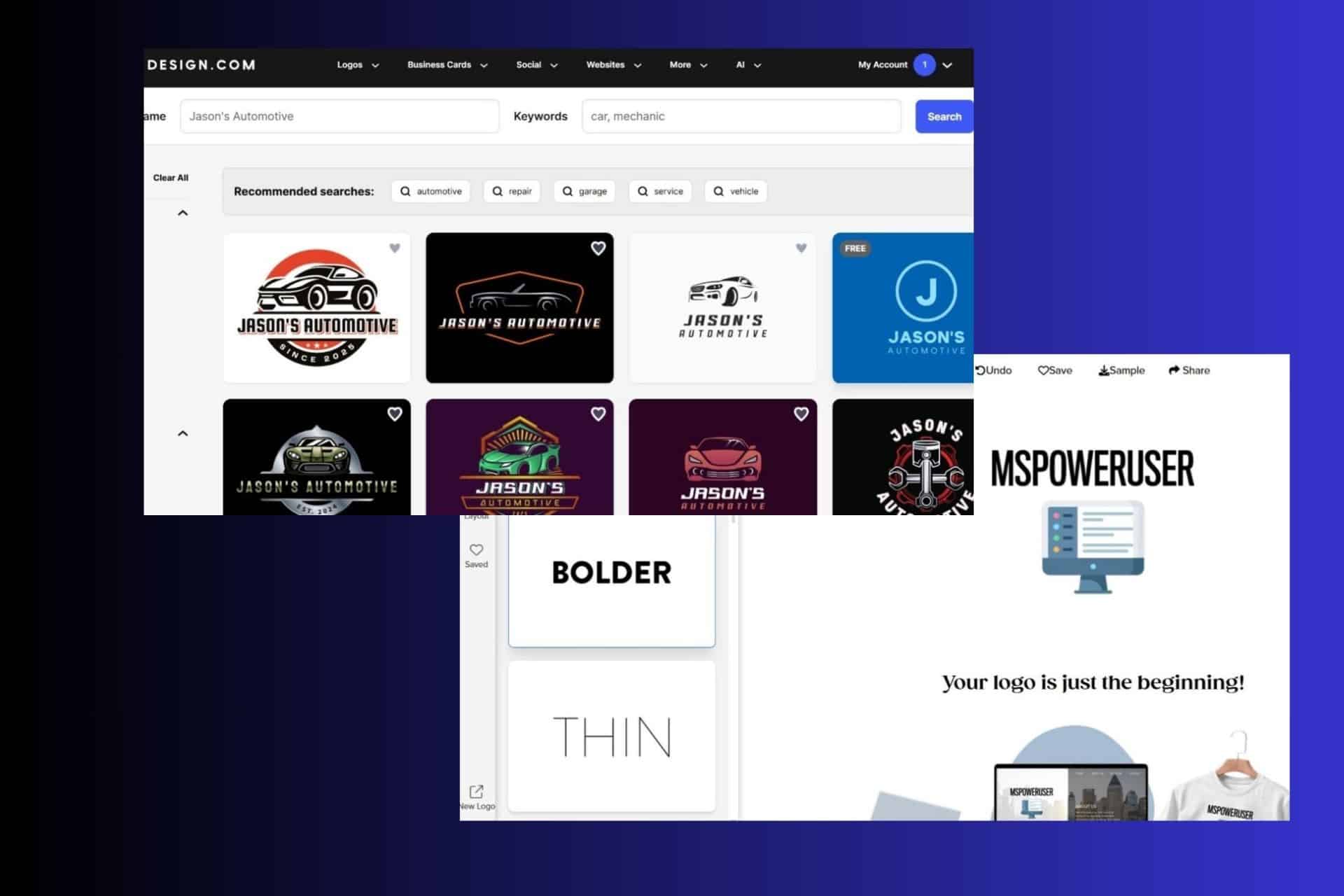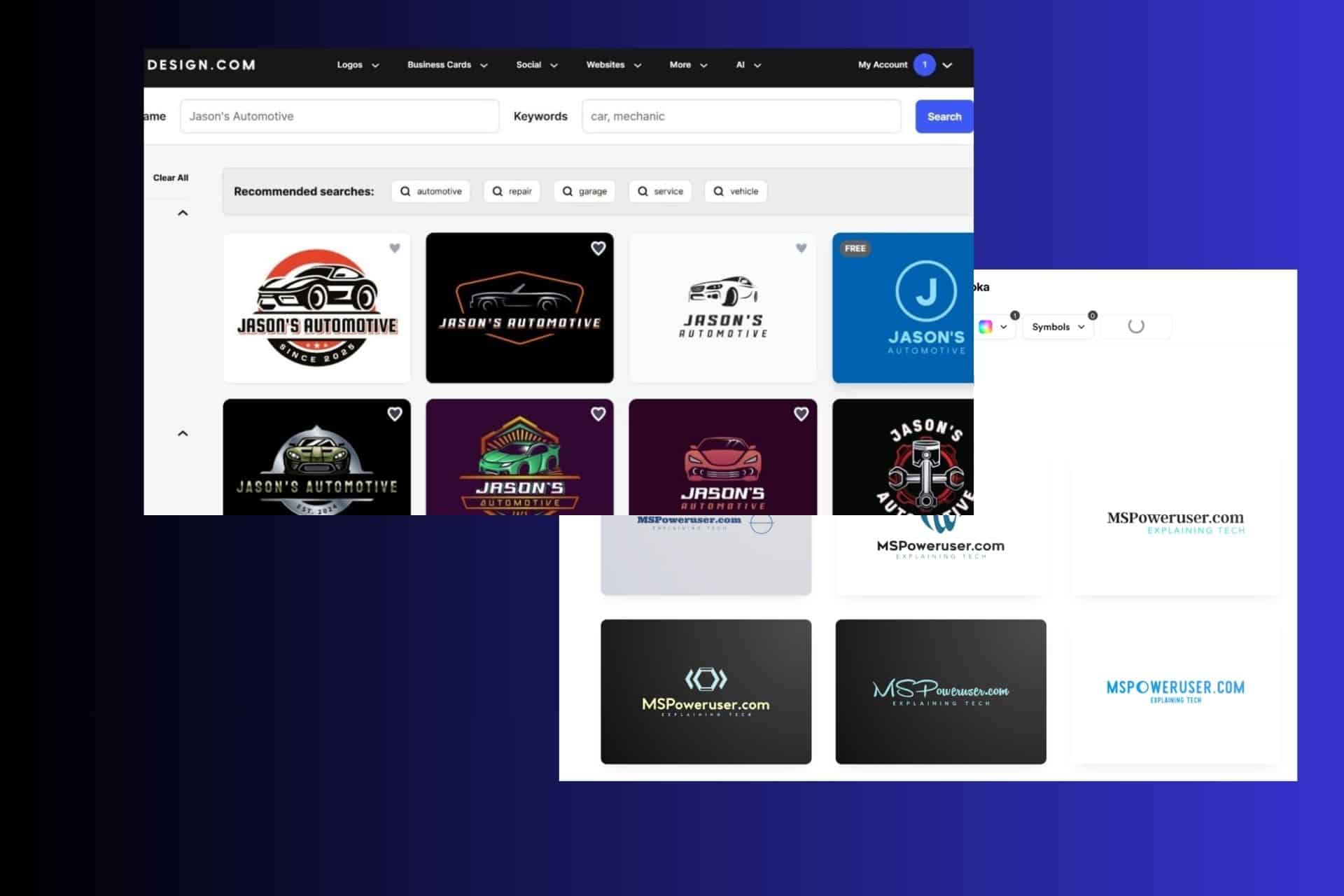Unveiling the Basic Differences Between Game Design and Game Development You've Always Wanted to Understand

The gaming industry has experienced tremendous growth and popularity, with numerous professionals contributing to the development of engaging and immersive games. Two essential elements in the game creation process are game design and game development, which often get confused due to their overlapping nature. However, they serve unique roles and functions in the gaming world. We will delve into the fundamental distinctions between game design and game development, offering you a better comprehension of these crucial components in the realm of game creation.
What is Game Designing?
Game design is a complex process that requires a blend of creativity, problem-solving, and technical skills. It encompasses every aspect of a game’s creation, from the initial idea to the final product. One crucial aspect of game design is game art, which involves creating visually appealing and immersive game assets such as characters, environments, textures, and animations. Game art outsourcing is a popular strategy used by game design teams to ensure that they have access to high-quality art assets.
Game designers must work closely with game artists to ensure that the game’s visual style and aesthetic align with the game’s vision and narrative. Game art outsourcing involves collaborating with external art studios or freelance artists to create game assets. This approach provides game designers with access to a wider pool of talent, expertise, and resources that may not be available in-house.
Outsourcing game art allows game designers to focus on other aspects of game design, such as mechanics and narrative, while leaving the art creation to professionals. This can lead to a more streamlined and efficient game development process, reducing the time and resources required to create high-quality game assets.
Game designers undertake numerous tasks, such as:
1. Creating the game’s story
This involves developing the game’s universe, setting, plotline, and character arcs. A well-crafted narrative provides players with a sense of purpose and immersion, enhancing the overall gaming experience.
2. Defining gameplay mechanics and rules
Game designers establish the framework that governs the game’s interactions, controls, and objectives. They determine how players navigate the game world, interact with objects and characters, and how the game responds to their actions.
3. Designing levels and challenges
Game designers craft the game’s levels, obstacles, and puzzles, ensuring that they are engaging, challenging, and rewarding for players.
4. Balancing difficulty
Game designers must balance the game’s difficulty, ensuring that it is not too easy or too difficult for players. A well-balanced game provides a satisfying and challenging experience for players.
5. Creating concept art
Game designers often create sketches and concept art to visualize the game’s characters, environments, and other visual elements. This helps them to communicate their vision to the game art team and ensure that the game’s art style is consistent.
6. Playtesting and iteration
Game designers must continuously playtest and iterate on the game’s design to identify and fix any issues, refine gameplay mechanics, and improve the overall gaming experience. This process ensures that the game is polished and enjoyable for players.
Game designers must possess a unique blend of creativity, storytelling, and problem-solving skills to craft an engaging gaming experience that appeals to players and stands out in the competitive gaming market.
What is Game Development?
Game development, on the other hand, is the technical process of bringing the game designer’s vision to life using various tools, programming languages, and software. Game developers are responsible for translating the game design documents and concept art into a playable game by implementing the following tasks:
- Programming the game’s logic, mechanics, and interactions using coding languages such as C++, C#, or Java
- Developing the game’s assets, including 2D or 3D models, textures, animations, and sound effects
- Implementing artificial intelligence (AI) for non-playable characters (NPCs) and other in-game elements
- Ensuring the game runs smoothly on different platforms, such as PC, consoles, and mobile devices
- Testing and debugging the game to identify and fix any issues or glitches that may arise during gameplay
Game developers require a strong foundation in computer programming, mathematics, and software development, as well as an understanding of game design principles to ensure the final product aligns with the designer’s vision.
So What is the Difference Between Game Design and Game Development?
Game design and game development are two interrelated yet separate fields in the gaming industry. Game design involves the imaginative process of conceptualizing the game’s theme, storyline, characters, gameplay mechanics, and user experience. The game designers are tasked with creating the game’s vision, ensuring that it captivates and challenges players while providing an enjoyable experience.
Game development, on the contrary, is the practical phase of transforming the game designer’s concept into a playable game utilizing diverse tools, software, and programming languages. Game developers have the responsibility of converting the game design documents and concept art into a functional game. They carry out tasks such as programming the game’s logic, mechanics, and interactions, developing game assets such as 2D or 3D models, textures, animations, and sound effects, and testing and debugging the game to rectify any issues or glitches that may occur during gameplay.
Fundamentally, game design encompasses the imaginative and conceptual aspects of game development, while game development involves the practical implementation and execution of the game design. Comprehending the distinction between game design and game development is essential for anyone aspiring to pursue a career in the gaming industry or those interested in understanding the complex process involved in creating an engaging gaming experience.
Conclusion
Game design and game development are two distinct yet interconnected disciplines within the gaming industry. While game design focuses on the creative aspects of crafting the game’s concept, story, and gameplay mechanics, game development involves the technical process of bringing those ideas to life through programming, asset creation, and testing. Understanding the basic differences between these two aspects is crucial for anyone interested in pursuing a career in the gaming industry or simply appreciating the intricate process of creating a captivating gaming experience.
Read our disclosure page to find out how can you help MSPoweruser sustain the editorial team Read more




User forum
0 messages